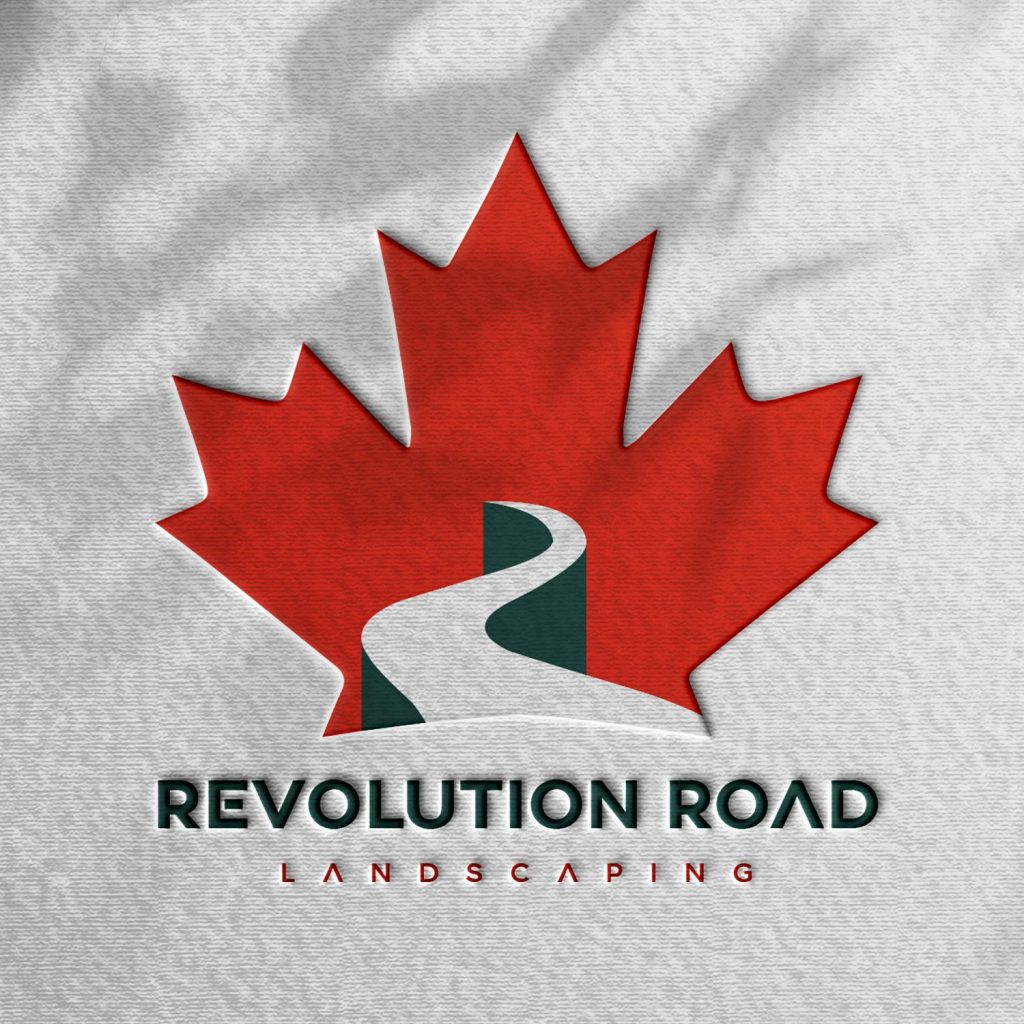Winterizing your irrigation system in yards & landscapes in Kansas, Missouri, Nebraska, and Oklahoma is similar to winterizing in other areas of the country – but also with some distinctions to a climate that is a bit warmer than the Midwest, but not as warm as the areas in the South.
Being located in a warmer, drier region than the Midwest, homeowners in Kansas, Missouri, Nebraska, and Oklahoma have a bit more time to winterize their irrigation systems. Often, they also want to delay this process because they want to be able to continue watering their lawns and landscapes well into the late fall months.
With that in mind, here are some steps to take to properly shut down your sprinkler system this year:
1. Shut Off Water Supply to Pipes
The first step to winterizing your irrigation system is to shut down the water supply to your pipes – and to do so before temperatures fall below freezing. Shut off value should be insulated with an insulation material suited to the cold temperatures endured in this region.
2. Shut Down Any Automation Controls
Most automated systems have an offsetting that basically shuts down the entire system. It is important that after shutting off the water supply to your pipes, that you shut down any automation controls to your system as well. This will prevent the pipes from accidentally filling up during the winter months – resulting in them cracking and break after they fully freeze.
3. Drain the Pipes Completely
Draining your irrigation system’s pipes can be achieved in many ways. Blowing out your pipes with a high volume of compressed is one of the more popular ways, as it gets rid of standing water as well as residual water in the pipes. While residual water is typically not enough to cause pipes to crack, it is recommended that the pipes be as dry as possible once freezing temperatures come in. There are multiple ways to drain your pipes, but we’ve had the most success with the blow-out method using compressed air.
4. Insulate All Values, Backflow Preventers, and Exposed Pipes
Insulating all values, backflow preventers and exposed pipe with insulation tape, insulated lining/product or straw is recommended as a way to protect the pipes from leakage or breaking.
These steps should help ensure that your system survives the colder weather ahead of us.
Do You Need Assistance With Lawn Sprinkler Winterization?
If you are not sure about your system design, new to the house, or have had some freeze damage to your system in the past, it is highly recommended to have a RYAN irrigation service professional evaluate and winterize your sprinkler system.
Contact us today at 855.216.2293 or schedule a consultation and we will help you get your lawn sprinkler system in top shape and ready for winter!


Your point of view caught my eye and was very interesting. Thanks. I have a question for you.
I don’t think the title of your article matches the content lol. Just kidding, mainly because I had some doubts after reading the article.
Your point of view caught my eye and was very interesting. Thanks. I have a question for you. https://accounts.binance.com/da-DK/register-person?ref=V2H9AFPY
Your article helped me a lot, is there any more related content? Thanks! https://www.binance.com/ph/register?ref=B4EPR6J0
Your article helped me a lot, is there any more related content? Thanks!
Reading your article helped me a lot and I agree with you. But I still have some doubts, can you clarify for me? I’ll keep an eye out for your answers.
Your point of view caught my eye and was very interesting. Thanks. I have a question for you.
Can you be more specific about the content of your article? After reading it, I still have some doubts. Hope you can help me.